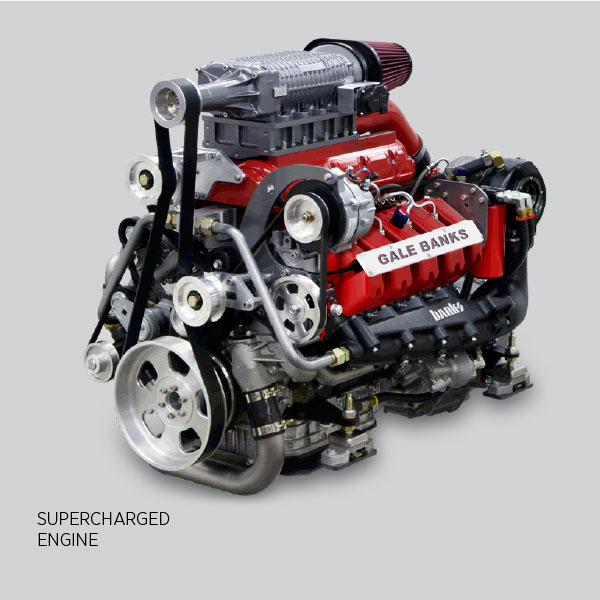WHAT MAKES A CAR A SUPERCAR
- supercars.com.gh
- April 29, 2022
TURBO AND SUPERCHARGER DIFFERENCE

It is easy to confuse the turbo and supercharger as both systems share a few similarities. Many use the term interchangeably and lose sight of the marked differences between the two technologies because both technologies implore the principle of forced induction, which gives an extra surge to a naturally aspirated engine.
This article will compare turbos to superchargers and note the differences between the two systems.
WHAT IS A TURBOCHARGER?
A turbocharger, commonly referred to as a turbo, relies on the flow of exhaust gases which rotates the turbine wheel to power the engine. The energy produced is then used to compress the intake gas, which allows more gas to enter the engine, thus increasing the boost to the engine.
WHAT IS A SUPERCHARGER?
On the other hand, a supercharger is either mechanically driven by a belt, chain, or shaft in the crankshaft. Superchargers operate by compressing gas to increase the air intake that powers them.
THE DIFFERENCE BETWEEN A TURBO AND SUPERCHARGER
The main difference is that the turbo relies on exhaust gases to rotate the turbine wheel and generate power while the supercharger depends on either a belt or chain to increase the engine power. Thus, turbo is the most efficient system since it uses exhaust gases that would have been lost in a naturally aspirated engine.
Also, turbos allow smaller engines to produce more power than their capacity while saving fuel. However, all of these processes cause turbo lag, which is the time a turbo system takes to power an engine. Thus, when you step on the accelerator, you will notice a delay before the power kicks in to provide an extra boost to the engine. That is because, at lower engine RPMs, turbochargers give less power.
Unlike turbo, superchargers provide extra power to the engine at lower RPMs. Thus, you feel the rush of torque from a supercharged engine almost simultaneously as you step on the accelerator. However, the downside is that their efficiency is reduced because superchargers use the power from the engine to operate.
Another difference worth noting is that turbochargers produce less noise than superchargers due to the less exhaust gas going to the exhaust pipes. However, superchargers are more reliable and can be installed easily.
WHICH IS THE BEST? TURBO VS SUPERCHARGER
There is no clear-cut winner because deciding on the best forced-induction system depends on your needs and preferences. If you have a smaller engine but want an engine boost that is more than its usual capacity while saving fuel, choose a turbo. However, be ready to suffer turbo lag as the engine takes time to generate an extra boost.
On the flip side, if you desire to feel the rush of torque immediately after you step on the accelerator, then choose a supercharger but note that you’ll sacrifice efficiency and fuel economy.
This article considered the difference between turbos and superchargers. If you want to know more about supercars or purchase one, then continue to read our blog guides.


Recent Post
Have Any Question?
If you have a question, call or email us.
We will get back to you as soon as possible!
Categories
WhatsApp us









